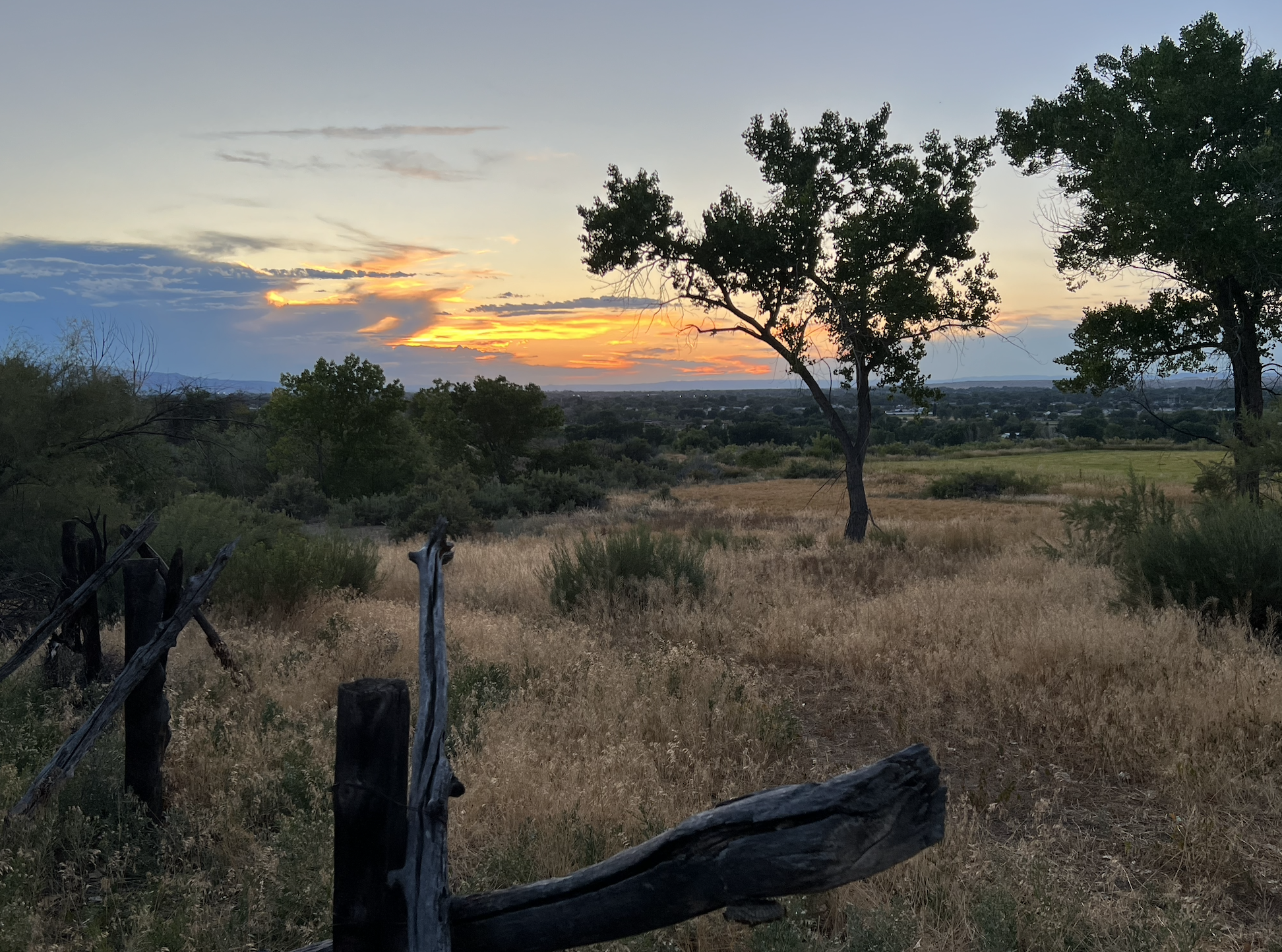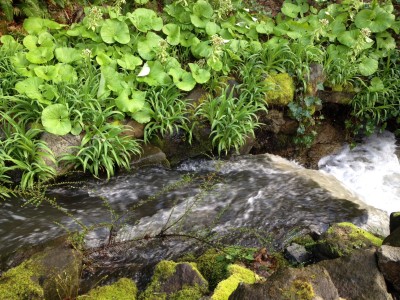I arrived yesterday to Portland, Oregon. My iPhone told me it was 88 degrees. On May 2nd. That’s hot. Beautiful. But a bit alarming too in this global shift of weather. I took my black sweater off immediately.
I was picked up from the airport by my friend and colleague Jessica Riehl. We know each other from meeting three years ago at an ALIA conference, at which we became rather instant friends. I love Jess’ way of living with questions in the world. And being able to laugh in them too. She’s someone that I appreciate for her facilitation instincts, her artful eye, and her great graphic illustration abilities.
Jessica and I are part of team hosting “Transforming the Way We Lead: An Art of Hosting Intensive” the next three days at Portland State University. I’m anticipating that gathering, 45 of us, to be a quality engagement with questions, laughter, and art. It’s a group of participants that care, of course.
In staying with Jessica, yesterday that meant picking up her three year-old Darwin from his preschool. It’s been a while since I’ve been with three year-olds for any length of time, but it was a phase that I loved with each of my three kids. Darwin is a sweet kid. He’s at that age of asking questions (many levels of why) and just enough mimicking that is adorable. One of the first things he showed me at his house was his Hot Wheels collection as I got down on the carpet with him. “Check this one out. Check this one out too.” He had a lot of them. Each time, I laughed. Each time I smiled with him and his beautiful innocence.
The other thing about Jess’ house, a two story with a high vaulted ceiling and a couple of ledges over the living room, is that Jess and her family have two cats. Buttercup and Yeezy (sp?). I’ve been enjoying watching these two cats come in and out of the room I’m staying in. Jess tells me it is “their room” — I really am the guest. One of the things that amazes me about my host cats is that they like to sit on the ledges. At the tope of the stairs, on a six inch wide ledge, with a 12ish foot fall, they seem so comfortable. I’m walking carefully by them, not wanting to unintentionally excite them or disturb them in a way that would make them fall. “It’s OK, we’ve got it,” they seem to say back to me reassuringly.
When I imagine my way into today, first designing with our team, and then hosting the group the remainder of the week, it’s clear to me that I hope for the kind of sweetness that I see in Darwin and the kind of confidence I see in these cats, Buttercup and Yeezy. What’s crazy is that I believe this is totally possible. Sweetness and confidence on ledges. It’s just that the group will likely be less about Hot Wheels and more about leadership. And, well, there are always ledges in leadership. But maybe they just don’t need to be feared.

